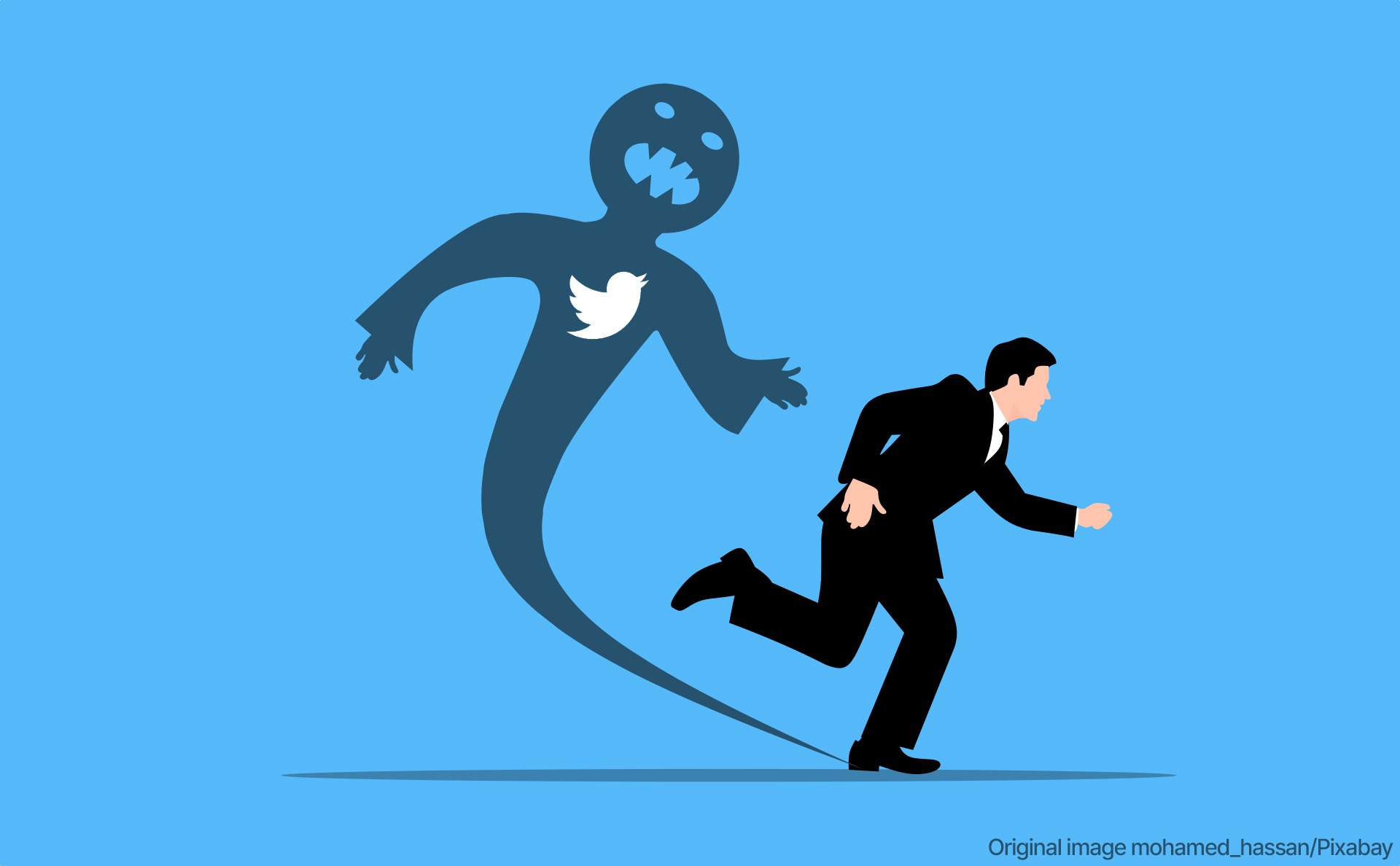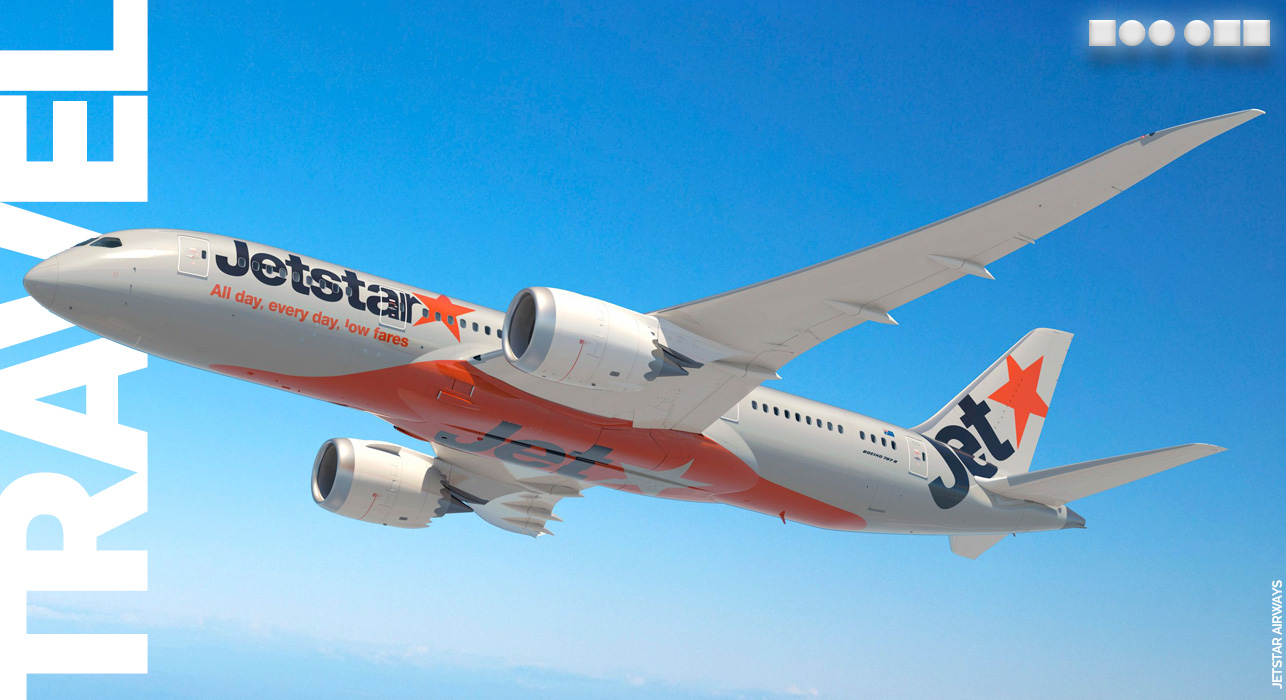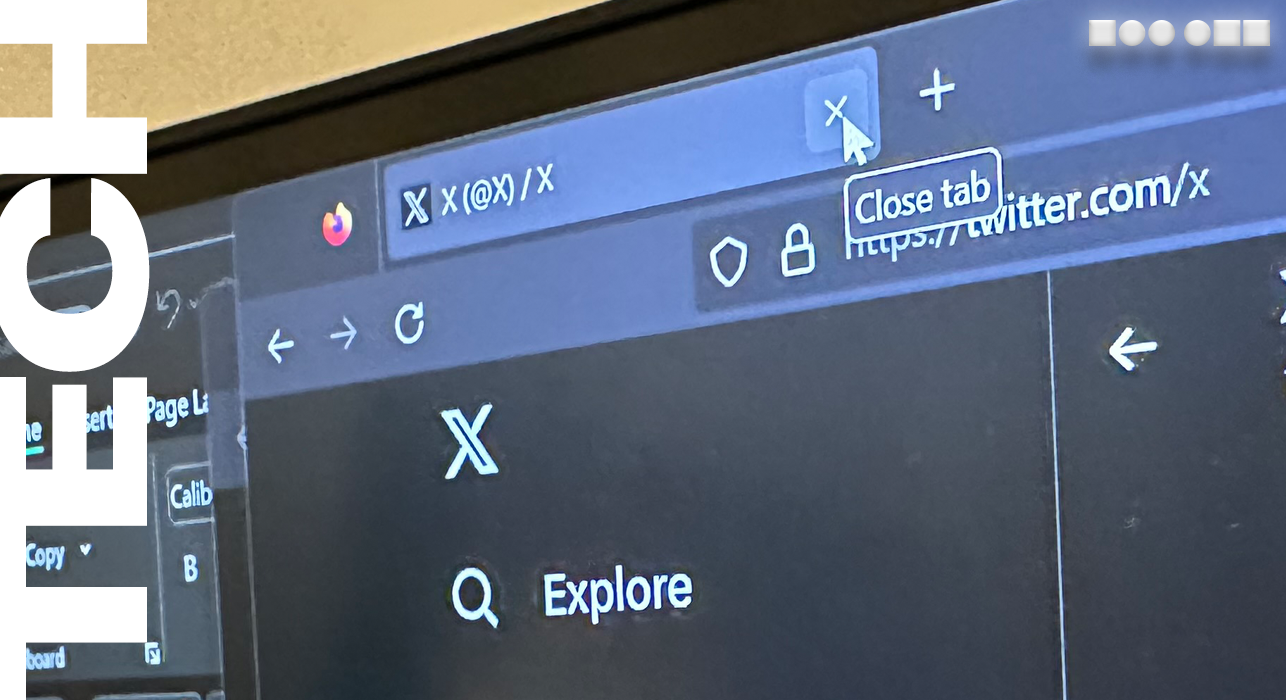Giving up Twitter cold turkey is going to be difficult, but it just might become necessary.
It is almost a rite of passage when setting up an account on another social media platform- say, for example, Mastodon – to talk about your experience with Twitter and why you’re leaving. Or at least, why you’re dipping your toes in the water of its competition.
So here we are. There are many stories like it, but this one is mine.
I have a confession to make: Twitter hasn’t really changed that much for me since billionaire and occasional superhero cosplayer Elon Musk took over in November. Sure, the site is broken, key features including privacy controls stop working, the bird logo is occasionally replaced by a Shiba Inu to reference a now 13-year-old meme… but for the most part, my feed is the same as it ever was. Maybe I just curate my followed accounts more carefully than most.
As a result, I haven’t entirely given up having the Hellsite available on my phone. I can also see the day coming when I no longer want to be there, and no longer want to contribute. A sad day, for sure, but inevitable the way the service is headed.
Musk bought Twitter last year for a reported US$44 billion dollars. TechCrunch has a pretty good potted summary of the chaos that has overtaken the company under his ownership. From a business perspective, even on Musk’s own estimates, the company has halved in value under his leadership (The Guardian). Advertising revenue slid 60% in the first three months (CNN), 46% in Australia year-on-year (Australian Financial Review) and may have fallen as much as 89% (Bloomberg) amid skittishness about the direction of the site (Semafor). The Semafor story quotes a McDonald’s executive describing Twitter as “ranging from chaos to moments of irresponsibility”, and a Colgate-Palmolive executive was quoted as “mindful of the harmful and often racist rhetoric of Elon Musk.”
Twitter has sacked three-quarters of its workforce, prompting labour-law lawsuits in multiple countries, and additionally faces legal action in relation to being at least US$6.8 million behind on rent on their San Francisco headquarters (Real Commercial story) and London offices (Fortune), the latter of which are part of the Crown Estate owned by King Charles III. (And there’s more, but we’ll come back to the lawsuits later.)
Twitter is a private company now, and only answers to a handful of shareholders. So we can ignore whether it makes money, and move on to the main issue- is it still a good service? And… er… no.
Coming from a sports fan’s perspective, Twitter’s main appeal was that it is immediate. You saw the thing happen, or you heard about the thing happening, and then you went on Twitter to get more details or to see the reactions. The sheer flood of tweets after a goal is scored at the World Cup, for example, was a sight to behold.
And that was the point: to get that immediate response, that engagement– the thing that is supposedly so vital to social media sites, the primary measure for creators and businesses as to whether that effort is worthwhile. Twitter’s value was in getting real-time, up-to-date information, as far and wide as possible. There are always going to be errors in real-time journalism as facts come out and more information becomes known- such is the nature of the field- but in terms of raw speed, Twitter is king.
Alex Kirshner wrote in Slate last week about Twitter being the ‘second screen’ experience– like reaction videos, or talking to fans at the bar as the game continues, Twitter is the companion to big events, not necessarily the destination in and of itself.
“… Twitter isn’t a thing that most people like to consume on its own. It’s not a place—like Instagram or TikTok—that was built for users to get lost within. Twitter’s calling card is the quick conveyance of information, rather than the endless consumption of video or audio. Twitter is fundamentally a side screen, not a main screen. Watching a football game or Succession? You’d probably rather talk about it in real time on Twitter than on Reels. Looking for an activity unto itself, however? That’s not really Twitter, and it never has been.”
Alex Kirshner on Slate
The immediacy of Twitter’s reach in terms of sports translates well to news events. If you heard of something happening, you could quickly fire up the app and get some additional information; even if that additional info was little more than “yes, something happened, we’re looking into it”. Even on minor local issues like earth tremors, power outages and traffic jams, updates were easy to find. Just search, hashtag, Your-Town.
This is arguably what Twitter was born to be- it was already Elon Musk’s vaunted ‘town square of ideas’. And yet it seems the new CEO is making moves almost daily to cripple, undermine or hamper the site’s value.
For starters, there is the whole ‘verification’ debacle. Twitter used to have certain accounts marked with a blue tick- these were where the company had verified that the user was who they said they were. If nothing else, at least you knew @KingJames was indeed, LeBron James (or at least, his PR person or agent), and that @ABCNews was definitely the Australian Broadcasting Corporation and not one of the myriad of fraudsters selling crypto scams that seem to plague Adsense and YouTube. (Pro tip: anything with David Koch‘s face on it is almost certainly a scam, and nothing to do with the man himself.)
However, one of Musk’s first decisions at Twitter was to offer users the ability to get the check mark for USD$8 a month, so the blue tick is now meaningless in terms of verifying the source of information. Organisations can apply for a gold check mark for USD$1000 per month (plus $50 for additional accounts at the same organisation), but if you can’t persuade LeBron James to pay $5 (let alone $8), good luck getting media companies to pay up.
Welp guess my blue ✔️ will be gone soon cause if you know me I ain’t paying the 5. 🤷🏾♂️
— LeBron James (@KingJames) March 31, 2023
One of Musk’s concerns when taking over Twitter was bots spreading misinformation. But as the rules stand now, any random schmuck can register an account, pay a quick USD$8 to get the tick, and start trolling alarmingly rapidly. Domain names and hosting aren’t that expensive (a lot of those crypto scams just have mash-the-keyboard strings of text), and you can get around automated systems like Captcha by hiring workers in emerging economies for a few dollars an hour to get accounts registered and lure in the vulnerable. Thus, one of Twitter’s primary tools for spotting dodgy accounts is now totally useless.
Not only are dodgy accounts now more likely, but outright-hostile accounts are as well. One of Musk’s early actions was to unban a bunch of users who had been previously blocked from the service for racism, harassment, or inciting violence. If your Following feed is curated well enough you’ll only see these popping up in the replies, but there’s a fair chance that will change; anti-Semitic posts on Twitter have doubled in the last six months, along with an increase in racial slurs (BBC reporting) and anti-LGBTQIA+ posts (Media Matters reporting).
There’s also reporting that after Twitter’s algorithm and source code were published, analysts found that posts relating to certain topics were down-ranked and made less visible, including posts regarding Russia’s invasion of Ukraine and (again) LGBTQIA+ topics. In one notable example, posts relating to a pro-trans-rights rally in Washington were deleted en masse, and the New York Post had its account suspended for reporting about the deletion.
It’s worth noting that it isn’t just random dudes on the Internet noticing this stuff. The German government has strict rules regarding hate speech and Nazi propaganda, and the German Ministry of Justice has filed complaints regarding Twitter’s repeated failure to remove illegal content, with fines of up to €50 million (USD$54.8 million). (Government statement in German, WELT TV report in German and via Google Translate)
Musk responded to the complaint with “First I’ve heard about this”, although given his content moderation, press and public relations teams were laid off months ago and the site now automatically responds to all media enquiries with the “poop” emoji, that hardly seems surprising.
First I’ve heard about this. Did they identify what content they’re concerned about?
— Elon Musk (@elonmusk) April 4, 2023
Woe betide you if you’re critical of Twitter or Musk himself, despite his stated commitment to free speech. In addition to the New York Post’s ban above, a Wired reporter was banned this week for reporting on conservative commentator Matt Walsh getting his account compromised, and a university lecturer was banned permanently for linking to a Washington Post story about a Discord user leaking top-secret military information. Not writing the story- linking to it.
Given Musk’s attitude to journalism it seems only appropriate that some larger media organisations are abandoning Twitter. National Public Radio, Sveriges Radio (Sweden), the Canadian Broadcasting Corporation, US TV network PBS, and some American local stations have announced they will be closing their Twitter accounts (or at least, leaving them dormant). German network ZDF has gone one step further, starting its own Mastodon instance, although they haven’t announced they’re leaving the Birdsite.
The NPR and CBC had been labelled by Twitter as “government-affiliated media” despite their objections; NPR receives a small amount of funding from the US government; CBC is taxpayer-funded but has an editorial charter to protect its neutrality. (A few wags have pointed out that Musk’s other companies like SpaceX and The Boring Company should probably also have “government-funded” in their profiles.)
So if Twitter is openly hostile towards journalists, actively undermining or outright blocking people trying to post news, encouraging racism and discrimination, surely you stay because of the eyeballs you get and the traffic driven to your content? Well, no.
Despite some folk suggesting that news sites should be paying Twitter for the exposure they receive, and Musk’s widely-mocked and now-deleted claim after buying the site that Twitter is the “Biggest click driver on the Internet by far”, it just isn’t that important. A study by Automattic in 2016 showed only 1.5% of news site traffic came from Twitter (PDF), DigiDay reported in December that traffic was down an average of 13% month-on-month (DigiDay), and data published by Hootsuite showed that Facebook generated nearly ten times as much referral traffic as the Birdsite.
Here’s just the list for social media from Statcounter for example. This is *just* social media sites. Twitter isn’t even 10% of them! pic.twitter.com/W1RWkUNTL8
— Tom Coates (@tomcoates) November 13, 2022
That sentiment is echoed by Sveriges Radio (audio report in English), stating that only about 7% of the population use Twitter regularly (compared to 53% for Facebook and 48% for Instagram – Reuters).
But it has the appearance of being important. News organisations report on politicians’ and celebrities’ tweets incessantly, meaning even if it doesn’t drive the regular conversation, it sets the news agenda. That may be of value to someone like Musk, but if the site is overrun with impersonators and Nazis, bigger brands might feel inclined to stay away.
Which comes back to me. Why am I still there?
Inertia, I suppose. And force of habit. As a news source for the topics I care about, it’s still useful- at least for now. Sure, in the midst of the Playoffs my Twitter feed is almost entirely from the NBA and NHL, but if you’re only on Twitter to get updates from The Brands™ they might not want to be associated with a rising tide of objectionable material- even if they’re still posting that content for free. And as I’ve already noted, paid advertisers have already voted with their wallets.
I still have friends there that I can’t easily contact elsewhere, although in a few cases they might be actively looking for alternatives. (A company I occasionally do some work for has already left Twitter in the midst of uncertainty about pricing for automated tweets.) I’ve already mentioned Twitter’s apparent hostility towards LGBTQ+ users, but users with disabilities reliant on screen readers and the like are also worried about the site’s future. For all its faults, Twitter at least supported a lot of accessibility features- at least, until the entire accessibility team was laid off in November (Slate report).
There’s little point in staying to try and make the site better; the new ownership has set down the rules, and it’s going to be their way or the highway. Even in the face of falling revenues, mounting legal threats, and commercial partners abandoning them. Even with less and less actual content, and more and more hostility, hate speech and discrimination. Maybe not directly in my feed right now- but certainly on the horizon.
I’ve already written about Facebook becoming borderline useless because of its hostility to users (remembering that the users are the product being sold, not Facebook’s actual customers). Twitter appears headed in the same direction (right down to the algorithmically-generated, out-of-order For You garbage feed), and with increasingly few people left there to try and convince the new boss otherwise… perhaps it’s time to leave. At the very least, time to work on an exit strategy.
My Twitter profile says I’ve posted 5,535 tweets. It’s been fun, Twitter, and I’ll still visit occasionally. But you’ve changed.
(Cover pic edited from an original by mohamed_hasan on Pixabay.)





